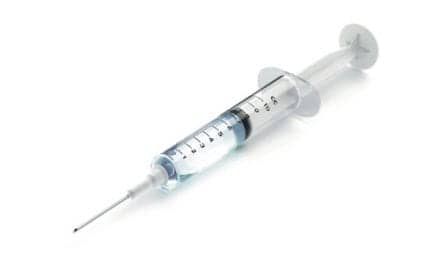A new study based on EU adverse drug reaction reports documents that children’s use of asthma medications may result in severe adverse drug reactions. A news report from Science Daily notes that the risk of adverse drug reactions is not fully documented in the pre-marketing clinical trials.
The European Medicines Agency (EMA) has gathered information on patients’ experiences with adverse drug reactions (ADRs) in the European ADR database, EudraVigilance, since 2007. Authorities and pharmaceutical companies have a duty to report ADR information to the database.
Ebba Holme Hansen, MSc, states, “We have studied all EU adverse drug reaction reports on asthma medications approved for — and used by — children over a five-year period (2007 to 2011). In the light of the total use of asthma medications, the number of reported ADRs were not overwhelming — a total of 774 ADR reports — however, 85% of these ADRs, almost all reported by physicians, are classified as serious.” Hansen conducted the research with Lise Aagaard, PhD, HD.
Aagaard says, “No one knows the consequences of prescribing drugs to children, who constitute a vulnerable patient group, as knowledge of ADRs in this population is very scarce. However, our study suggests that asthma medications are associated with more — and more serious — ADRs than documented by the clinical trials. Especially in the case of children.”
Hansen states, “The published clinical studies on the treatment of children with asthma medications contain very limited data about ADRs, and the most frequently observed ADRs are shortness of breath and coughing. There are not many publicly available articles, and the ADRs mentioned in clinical studies are categorized as non-serious. From the literature, we have, however, learned that several test subjects drop out of the clinical trials due to serious ADRs — in itself a thought-provoking fact.”
The Science Daily news report indicates that the ADR database shows a far higher share of serious ADRs than do the published studies of clinical trials in which the drugs have been tested in children and young people. Hansen adds, “It is an interesting observation and one which health professionals should take into account when prescribing medicine to children.”
Source: Science Daily









